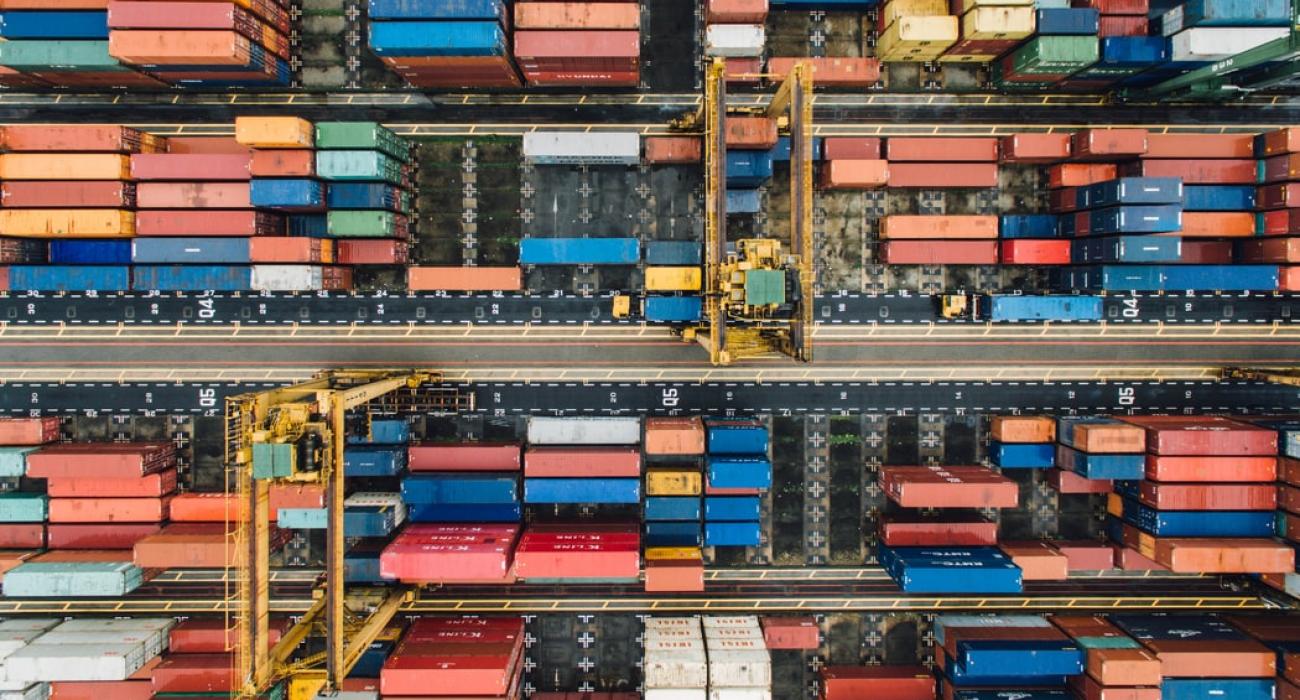
Forced Labor Enforcement
US Customs and Border Protection (CBP) is tasked with enforcing the Section 1307 and UFLPA restrictions. CBP investigates allegations of forced labor from NGO’s, media reports, and e-allegations, as well as based on self-initiated investigations.
In 2017, CBP created a Forced Labor Division tasked with investigating forced labor allegations and enforcing Section 1307. Subsequently, CBP established a second Forced Labor Division to focus on forced labor outside of Asia. Forced labor enforcement is a CBP priority.
Forced Labor Enforcement Statistics… Follow the Numbers
In the last couple of years, bolstered by increased funding, additional staff, and new mandates, CBP has significantly ramped up forced labor enforcement. In the Monthly Operational Update, the Agency reports statistics regarding entries that were targeted for suspected use of forced labor (under the UFLPA and WROs). While targeting alone does not mean the shipment was detained, these figures indicate that CBP has been active in inspecting shipments for potential indications of forced labor.
Below are the entries targeted by CBP to date.
| Month | Entries targeted | value |
|---|---|---|
| October 2024 | 557 | $38 million |
| September 2024 | 425 | $65 million |
| August 2024 | 400 | $53 million |
| July 2024 | 408 | $70 million |
| June 2024 | 291 | $39 million |
| May 2024 | 450 | $1 million |
| April 2024 | 392 | $184 million |
| March 2024 | 749 | $32 million |
| February 2024 | 540 | $306 million |
| January 2024 | 424 | $236 million |
| December 2023 | 450 | $187 million |
| November 2023 | 331 | $125 million |
| October 2023 | 504 | $199 million |
| September 2023 | 259 | $102 million |
| August 2023 | 320 | $68 million |
| July 2023 | 388 | $107 million |
| June 2023 | 405 | $239 million |
| May 2023 | 460 | $197 million |
| April 2023 | 377 | $159 million |
| March 2023 | 400 | $122.7 million |
| February 2023 | 481 | $109 million |
| January 2023 | 282 | $69 million |
| December 2022 | 310 | $59 million |
| November 2022 | 444 | $128 million |
| October 2022 | 398 | $129.8 million |
| September 2022 | 491 | $158.6 million |
| August 2022 | 838 | $266.5 million |
CBP also publishes Uyghur Forced Labor Prevention Act enforcement statistics that report the number and value of entries detained, released, denied, and pending for each industry and country of export. The statistics are updated at least quarterly. However, the statistics do not reflect the number of entries for which a detention response submission was made. The statistics have historically shown that most detentions cover electronics (largely solar products), followed by Apparel, Footwear and Textiles, and Industrial and Manufacturing Materials. The statistics also illustrate that CBP is detaining goods exported from countries other than China.
Focused Assessments
CBP Focused Assessments now include a component regarding forced labor. The existence of a forced labor code of conduct and procedures is an element in CBP’s risk assessment and determination of whether an importer is exercising reasonable care.
WRO’s
If the agency determines that there is a reasonable (but not conclusive) indication that forced labor is used in the production of imported goods, it will issue a Withhold Release Order (“WRO’s), that specifies the products prohibited from importation. The WROs generally cover products, suppliers, and sometimes regions. The WRO authorizes CBP to detain these goods. In order to secure release, importers have the heavy burden of providing information regarding policies and the supply chain as well as extensive documentation to evidence that forced labor was not used to produce the goods.
CBP publishes a list of the WRO’s, which includes products from Brazil, China, the Democratic Republic of the Congo, India, Japan, Malawi, Malaysia, Mexico, Mongolia, Nepal, Turkmenistan, and Zimbabwe, as well as several fishing vessels. The most recent WRO’s have been focused on China, and in particular the Xinjiang Uyghur Autonomous Region (XUAR). WROs covering products from XUAR are now handled under the UFLPA process.
We can help your company determine whether your products are subject to a WRO and assist with preparing petitions to secure the release of goods.
Findings
If the Commissioner of Customs determines that information conclusively demonstrates the merchandise is produced by forced labor, formal findings are published in the Customs Bulletin and Federal Register. (19 CFR 12.42(f)). Goods covered by the finding are excluded and can be seized and forfeited. This can also lead to a criminal investigation of the importer and heavy penalties.
There are very few active findings, however, CBP’s Forced Labor Division has indicated that it is likely that many more findings will be issued in the future.
How We Help
We also provide guidance to our clients on the following topics:
Key Contacts
- Related Practices
- Related Industries
